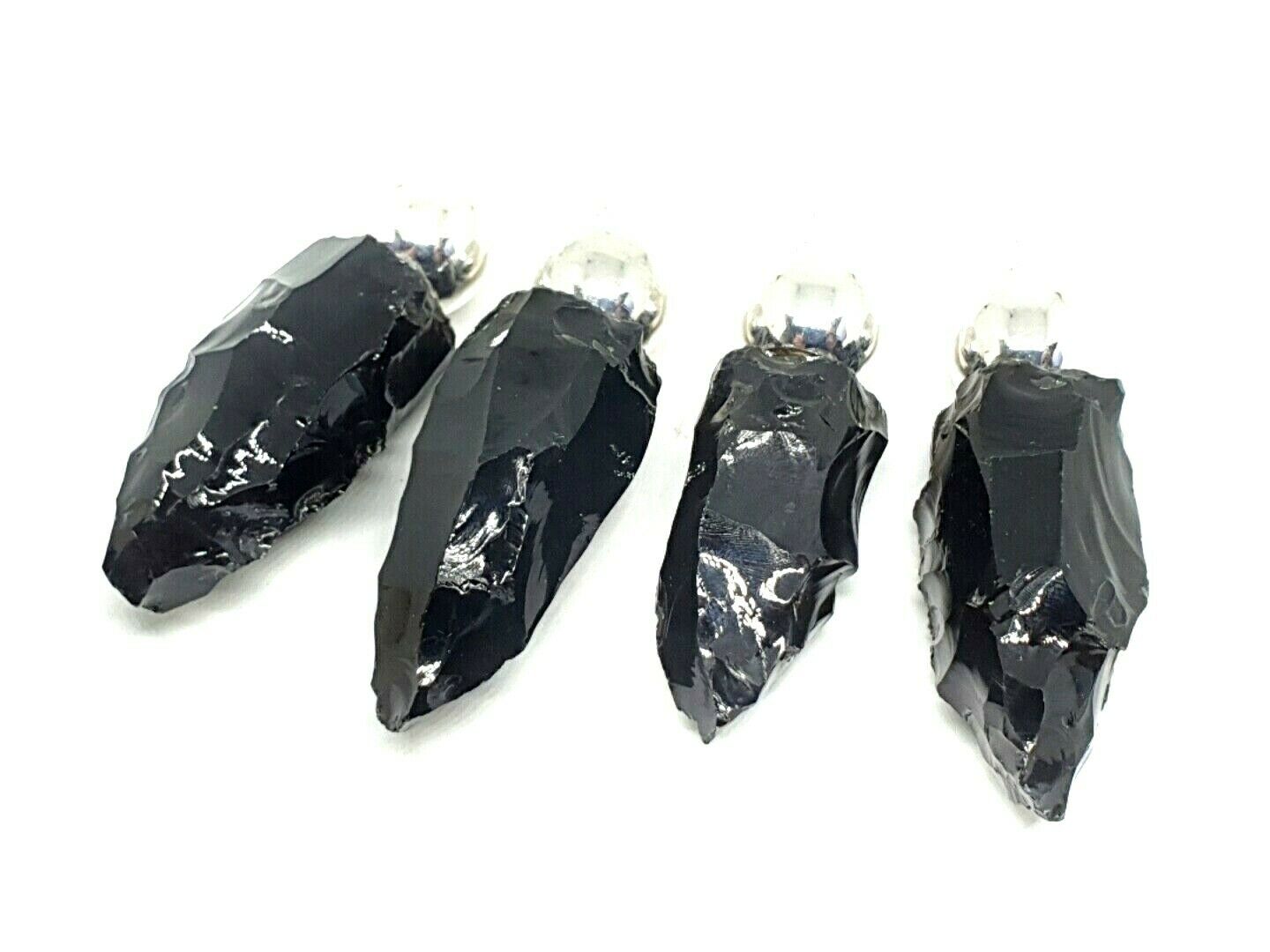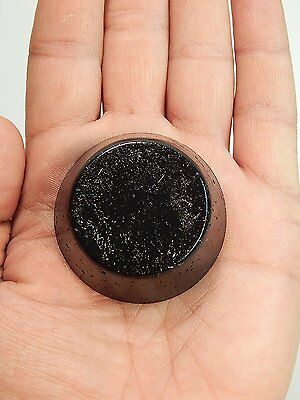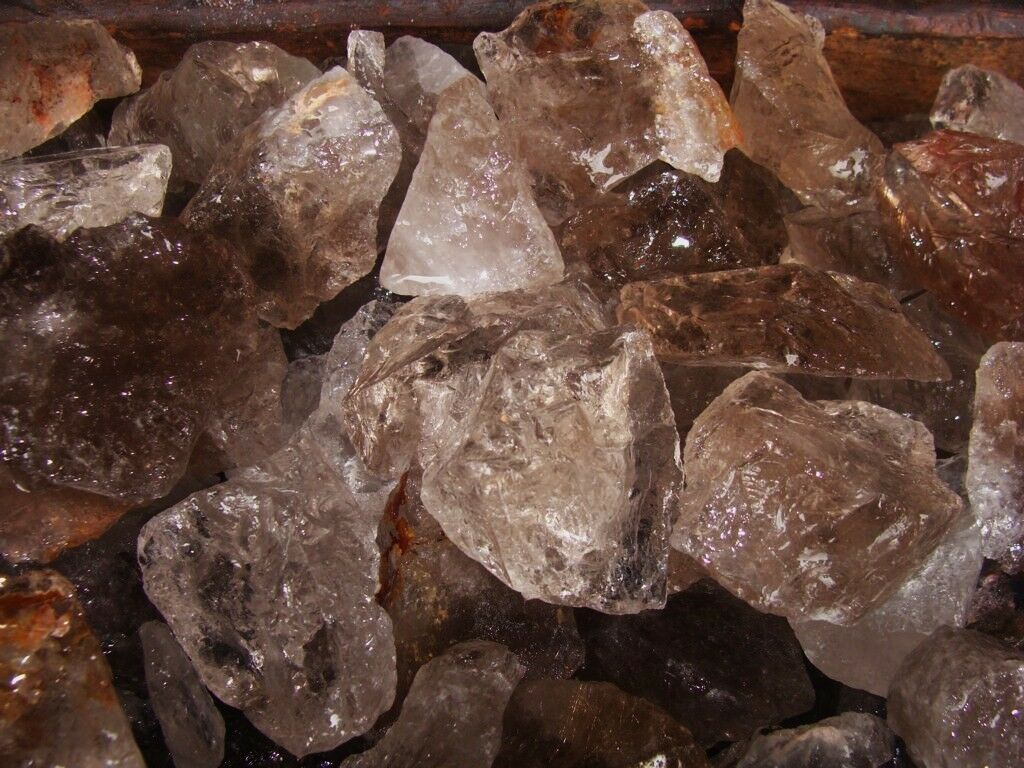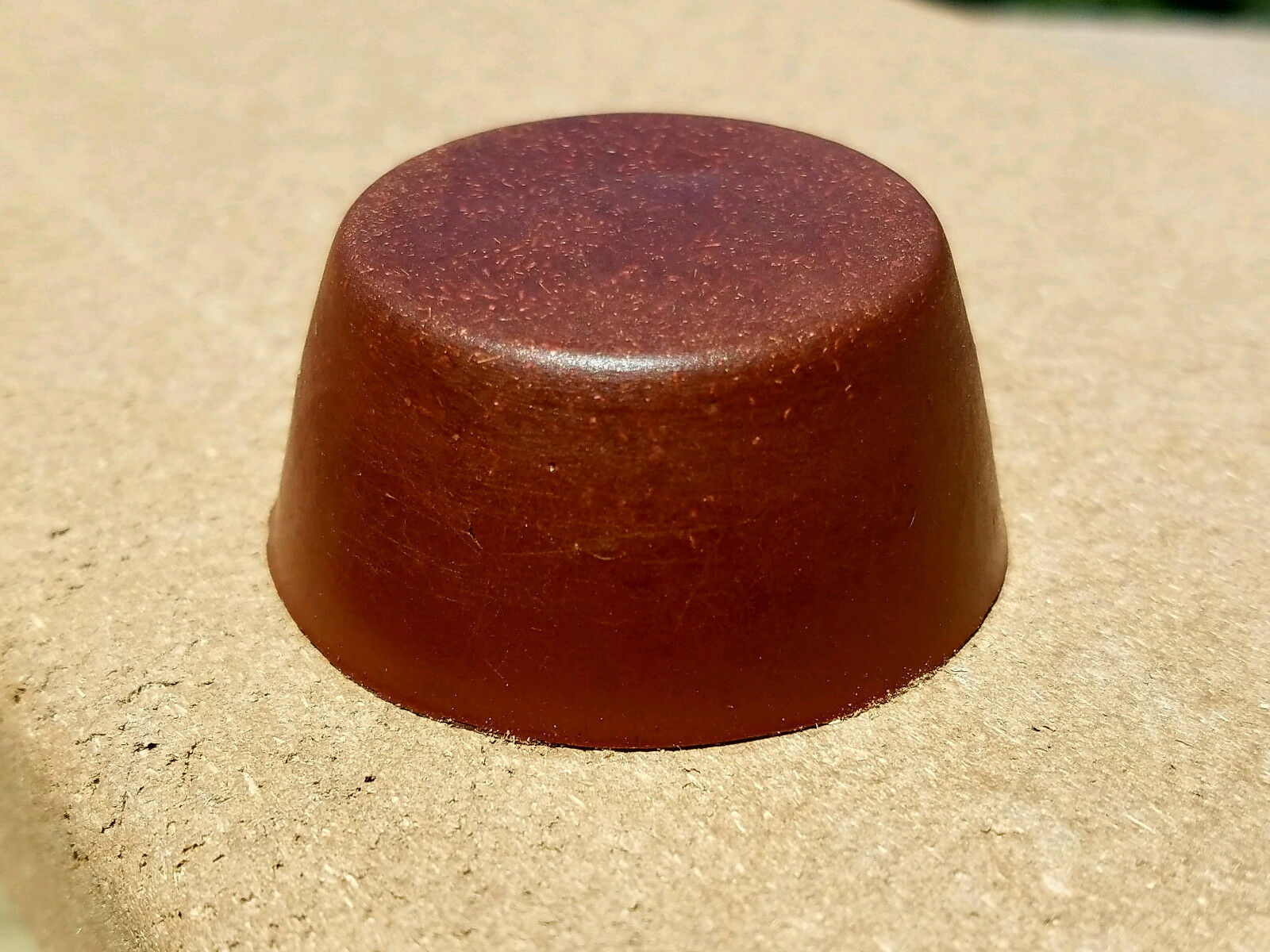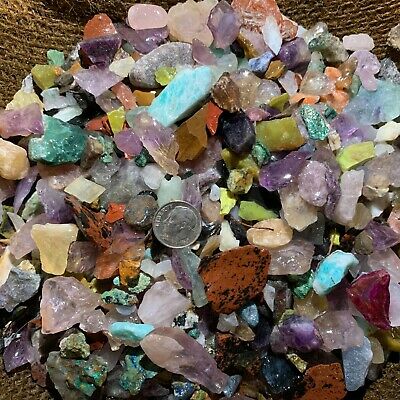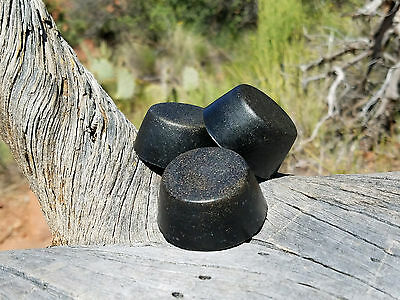-40%
Obsidian Pendulum Raw Dragon Glass Apache Tears Gemstone Dowsing Crystal Dowser
$ 16.43
- Description
- Size Guide
Description
NOTE ALL THESE ARE A RANDOM PICK FOR YOU.ALL ARE UNIQUE.
PHOTO 4 SHOWS THAT THEY ARE ALL UNIQUE,
WE CANNOT PICK A CERTAIN ONE FOR YOU
ALL WILL BE OF A SIMILAR SHAPE.
45 X 25 mm APPROX KNAPPED GLASS
13MM BALL TOP
180 MM CHAIN WITH FILIGREE SPHERE
How to use your Pendulum
Pendulums can be used to channel the subconscious to help you answer those questions
you’ve had on your mind for some time. Any question can be answered
by the use of a Pendulum, and here a brief explanation on how to do it.
Firstly, you will need to establish which way the pendulum will swing for 'Yes' and which way for 'No'.
To do this hold the chain of the crystal in a steady hand, and ask the pendulum a simple ‘truth’ question; for example, ‘Am I a girl?
Or any other question with a simple yes or no answer which of course you know the answer to already.
The pendulum should swing; note which way it moves for yes and which way for no.
A circular or diagonal swing is often taken to mean 'don't know'.
Now ask the pendulum questions that you would like to know the answer to.
Each Pendulum is sold individually
What is Obsidian?
Obsidian is an igneous rock that forms when molten rock material cools so rapidly that atoms are unable to arrange themselves into a crystalline structure. It is an amorphous material known as a "mineraloid." The result is a volcanic glass with a smooth uniform texture that breaks with a conchoidal fracture (see photo).
Where Does Obsidian Form?
Obsidian is usually an extrusive rock - one that solidifies above Earth's surface. However, it can form in a variety of cooling environments:
along the edges of a lava flow (extrusive)
along the edges of a volcanic dome (extrusive)
around the edges of a sill or a dike (intrusive)
where lava contacts water (extrusive)
where lava cools while airborne (extrusive)
Obsidian from Glass Butte
Types of Obsidian: The specimens shown above are from Glass Butte rockhounding site in central Oregon. It shows the diversity of obsidian types that can be found in a small geographic area. Clockwise from upper left are: double flow obsidian, rainbow obsidian, black obsidian, pumpkin obsidian, mahogany obsidian, gold sheen obsidian, and the piece in the center is gold sheen. The nice photo above is from the Glass Butte Rockhounding Site page on the Deschutes National Forest website.
What Color is Obsidian?
Black is the most common color of obsidian. However, it can also be brown, tan, or green. Rarely, obsidian can be blue, red, orange, or yellow. The colors are thought to be caused mainly by trace elements or inclusions.
Occasionally two colors of obsidian will be swirled together in a single specimen. The most common color combination is black and brown obsidian swirled together - that's called "mahogany obsidian" (see photo).
As a "glass," obsidian is chemically unstable. With the passage of time, some obsidian begins to crystallize. This process does not happen at a uniform rate throughout the rock. Instead it begins at various locations within the rock. At these locations, the crystallization process forms radial clusters of white or gray cristobalite crystals within the obsidian. When cut and polished, these specimens are referred to as "snowflake obsidian" (see photos).
Rarely, obsidian has an iridescent or metallic "sheen" caused by light reflecting from minute inclusions of mineral crystals, rock debris, or gas. These colored specimens are known as "rainbow obsidian," "golden obsidian," or "silver obsidian," depending upon the color of the sheen or iridescence. These specimens are very desirable for the manufacture of jewelry.
***** ***** ***** ***** *****
ALL PHOTOS
© eclectic shop uk ltd
NO UNAUTHORISED USE
PLEASE RESPECT THIS.
WE DON'T LIKE TO USE IMAGES
OTHER THAN OUR OWN
WE SPEND TIME AND
TAKE PRIDE IN THEM.
Thank you
***** ***** ***** ***** *****
One Supplied
EXPORT AND CUSTOMS
***** ***** ***** ***** *****
Please note we are not responsible for your customs fees.
All CN22 and CN23 forms are filled out direct from eBay.
(with every delivery company used depending on your order)
We will post your item with all paperwork
and once posted it is your responsibility
for the fee to be paid.
Types of Obsidian: The specimens shown above are from Glass Butte rockhounding site in central Oregon. It shows the diversity of obsidian types that can be found in a small geographic area. Clockwise from upper left are: double flow obsidian, rainbow obsidian, black obsidian, pumpkin obsidian, mahogany obsidian, gold sheen obsidian, and the piece in the center is gold sheen. The nice photo above is from the Glass Butte Rockhounding Site page on the Deschutes National Forest website. As a "glass," obsidian is chemically unstable. With the passage of time, some obsidian begins to crystallize. This process does not happen at a uniform rate throughout the rock. Instead it begins at various locations within the rock. At these locations, the crystallization process forms radial clusters of white





